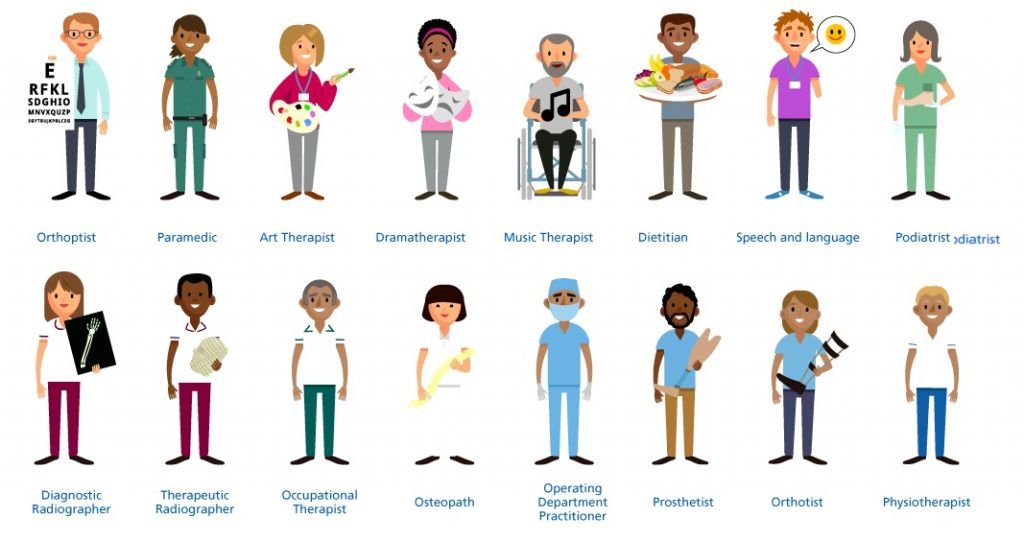When To use Ice and Heat For a Sprain
Dealing with a sprain can be a real pain, both literally and figuratively. Whether you've twisted your ankle on the morning jog or pulled a muscle during football practice, figuring out whether to grab an ice pack or a hot water bottle can feel like guesswork.
It's a common dilemma: you want to ease the pain and speed up recovery, but what's the best way forward?
Here's something you might not know – while both ice and heat therapy can be champions for your injury, they each play very different roles in helping your body heal. Ice is great at calming down new injuries that are angry and swollen, whereas heat works wonders on those older niggles that need some help relaxing.
In this post, we'll guide you through when and how to use each method effectively so you can get back on track faster.
Dive into our easy-to-follow advice; it could change how you handle sprains forever!
Key Takeaways
- Ice is best for new, acute sprains to reduce swelling and inflammation; apply it as soon as possible after the injury in 15-20 minute intervals.
- Heat therapy suits chronic, older injuries by increasing blood flow and helping muscles relax; use it on long-standing pains or post-surgery recovery.
- Follow the RICE protocol (Rest, Ice, Compression, Elevation) immediately after a sprain for optimal healing.
- Always wrap ice or heat sources to protect your skin from damage and consult healthcare professionals if you have conditions like diabetes before using these therapies.
- Combine cold or heat treatments with guidance from a physiotherapist who can also recommend exercises to maintain mobility and aid recovery.
Ice or Heat?
Ice should be used for acute injuries to reduce inflammation and swelling, while heat is better for chronic injuries to promote blood flow and aid in muscle relaxation.
Ice for acute injuries
Ice therapy is a trusted method for managing acute injuries. It helps reduce inflammation and swelling, providing relief from pain.
- Apply ice immediately after you sustain an injury. This can slow down blood flow to the area, reducing swelling and bruising.
- Use an ice pack or wrap ice in a towel to protect your skin. Direct contact with ice can cause frostbite.
- Keep the ice on for about 15 - 20 minutes at a time. Longer exposure might damage your skin or nerves.
- Repeat the icing process every few hours during the first 48 hours post - injury. Consistency is key for effective swelling reduction.
- Incorporate the RICE protocol - Rest, Ice, Compression, Elevation - into your recovery routine to enhance healing.
- Consult with a physiotherapist for guidance on how to safely combine cold therapy with exercises that will maintain mobility without additional strain.
- Be cautious if you have vascular diseases or diabetes – seek advice from healthcare professionals regarding safe use of ice therapy.
Heat for chronic injuries
After the acute stage, heat therapy can be beneficial for chronic injuries.
- Heat helps to increase blood flow, relax muscles, and soothe pain in chronic muscle soreness.
- It can also aid in reducing muscle spasms and promoting healing in chronic sprains and strains.
- Heat therapy is particularly effective for postsurgical recovery and managing long - term muscle or ligament injuries.
- When used under the guidance of a physiotherapist, heat can assist in alleviating pain and enhancing the recovery process for muscle strains.
- Physical therapy often incorporates heat treatments to improve flexibility and reduce stiffness in chronic injuries.
Conclusion
To sum up, understanding when to use ice and heat for a sprain is crucial in managing pain effectively. This knowledge can help speed up the healing process and prevent further complications.
If you are unsure about which method to choose, consult with a physiotherapist for personalised advice based on your specific injury. Remember that proper treatment plays a key role in getting back on your feet and staying fit after an injury.



